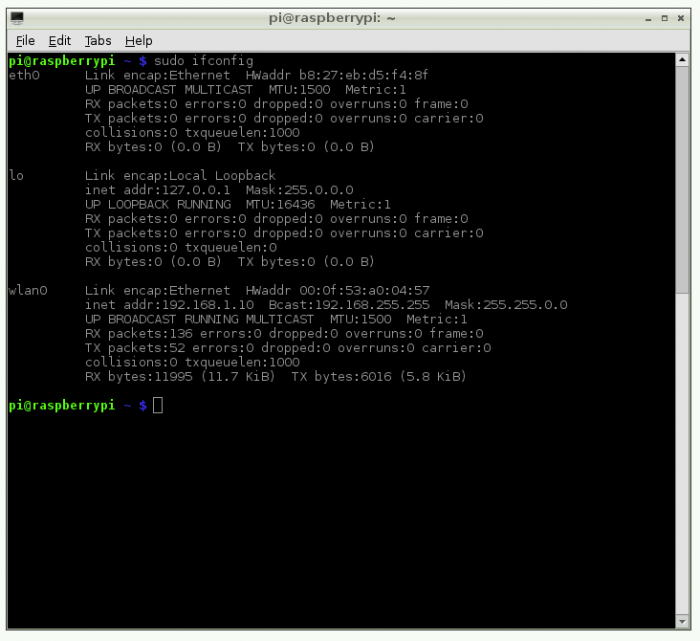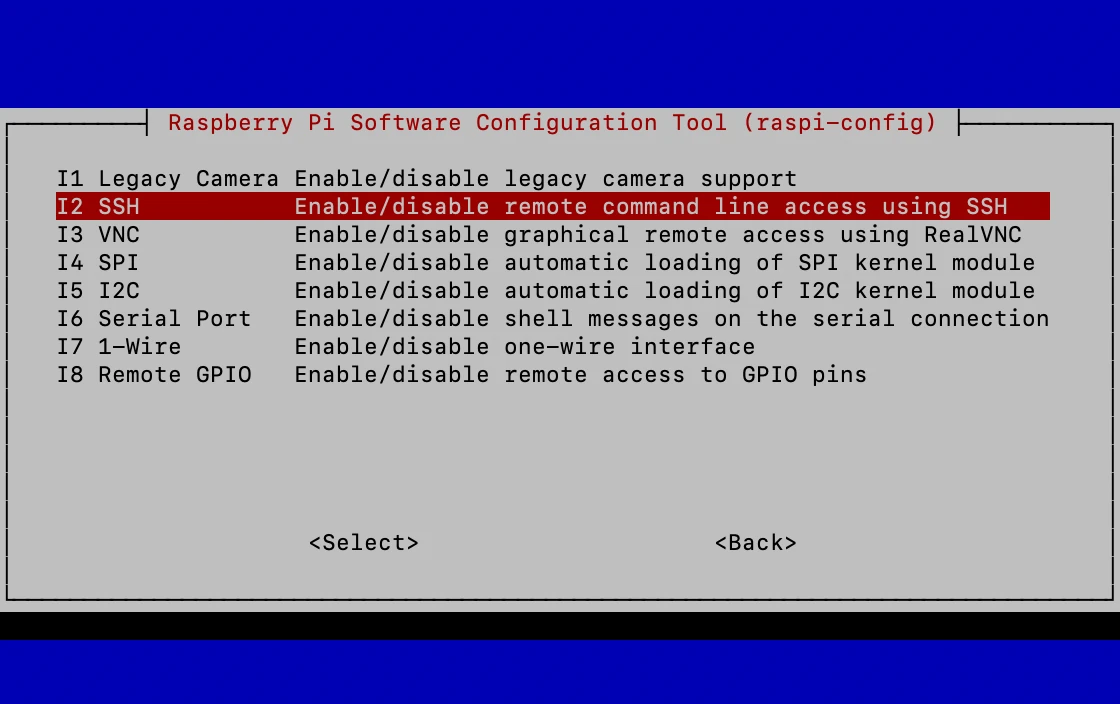Is remote access to your Raspberry Pi a skill you need to master? Absolutely. It's not just for the tech-savvy anymore; it's a gateway to increased productivity and unparalleled convenience in an increasingly connected world.
In today's digital landscape, where the Internet of Things (IoT) and remote work are rapidly becoming the norm, understanding how to remotely access your Raspberry Pi is no longer a luxuryit's a necessity. This diminutive but powerful mini-computer unlocks a universe of possibilities, but its true potential is only realized when you can manage it from afar. This guide serves as your comprehensive roadmap, meticulously detailing the essential tools, proven techniques, and crucial best practices required to establish and maintain secure remote access to your Raspberry Pi, no matter where you are in the world.
| Category | Details |
|---|---|
| What It Is | A compact, affordable, and versatile single-board computer designed for educational purposes but now widely used in various applications, including home automation, robotics, and IoT projects. |
| Key Features | Small form factor, low power consumption, ability to be accessed remotely, GPIO pins for interfacing with external hardware. |
| Applications | Home automation (smart home hubs, security systems), robotics, IoT projects (weather stations, data logging), media servers, educational computing. |
| Why Remote Access is Important | Enables management from anywhere, facilitates troubleshooting and issue resolution, allows for remote monitoring and control, promotes collaboration on projects. |
| Popular Methods for Remote Access | SSH (Secure Shell) for command-line access, VNC (Virtual Network Computing) for graphical interface access, third-party services (TeamViewer, NoMachine, ngrok). |
| Essential Skill Set | Network configuration, SSH client usage, VNC server/client setup, understanding of security protocols (firewalls, strong passwords, 2FA). |
| Reference | Official Raspberry Pi Website |
For beginners and experienced users alike, this exploration equips you with the knowledge to establish a dependable remote connection. We'll navigate the intricacies of configuring SSH, delve into the graphical capabilities of VNC, and even explore advanced solutions utilizing third-party services. Prepare to unlock the full potential of your Raspberry Pi, regardless of physical location.
- Discovering Anna Torv The Remarkable Career Of The Actress
- Tommie Lee From Reality Tv Star To Entrepreneurial Success A Look At Her Journey
The Raspberry Pi, a marvel of modern engineering, represents a compact, affordable, and adaptable single-board computer that has captured the imaginations of tech enthusiasts worldwide. Its initial design focused on education, but it has since evolved into a powerful tool for a vast array of applications, from home automation and robotics to sophisticated IoT projects. A cornerstone of the Raspberry Pi's appeal is its inherent ability to be accessed and managed remotely, offering users the unparalleled convenience of control from virtually anywhere.
Consider the advantages: a small footprint, remarkably low power consumption, and the ability to operate tirelessly in the background. These qualities make the Raspberry Pi an ideal choice for projects demanding remote accessibility. Whether you're constructing a remote weather station, orchestrating a smart home ecosystem, or managing a personal server, the capacity to connect to your Raspberry Pi remotely translates into significant time savings and reduced operational overhead. Well delve deeper into the compelling reasons why remote access is so crucial and how it can revolutionize your projects.
Remote access to your Raspberry Pi offers a compelling suite of advantages that firmly establishes its importance for a wide range of users. First and foremost, it grants you the ability to manage your device without requiring a physical presence, a particularly valuable asset when working on projects situated in geographically remote areas. Second, it significantly streamlines the troubleshooting process, allowing you to swiftly resolve issues, minimize downtime, and optimize overall operational efficiency.
- Unraveling Gypsy Rose Blanchards Story From Abuse To Imprisonment
- Top Boys Haircuts In 2024 Styles Tips
Furthermore, remote access paves the way for seamless collaboration among team members working on the same project. By carefully granting authorized users access to your Raspberry Pi, you can dramatically streamline workflows and boost overall productivity. Whether you're an enthusiastic hobbyist or a seasoned professional, mastering the art of remote access to your Raspberry Pi is a surefire way to enhance your experience with this versatile device.
The landscape of remote access methods for your Raspberry Pi is diverse, offering a range of approaches, each with its distinct advantages and limitations. The most commonly employed methods include SSH (Secure Shell), VNC (Virtual Network Computing), and the utilization of third-party services like TeamViewer or NoMachine. Let's explore each of these methods in detail, evaluating their suitability for different use cases.
Secure Shell (SSH) stands as a cornerstone of remote access, renowned for its robust security and widespread adoption. This method allows you to establish a secure connection to your Raspberry Pi via the command-line interface, rendering it ideal for tasks that don't necessitate a graphical user interface. SSH boasts a lightweight footprint, rapid performance, and straightforward setup, making it a favorite among Raspberry Pi users.
To harness the power of SSH, you'll need to enable it on your Raspberry Pi and properly configure your network settings. Once the setup is complete, you can then connect to your device using an SSH client on your computer or smartphone. This method proves particularly valuable for managing files, installing software, and executing commands remotely, effectively placing your Raspberry Pi's command center in the palm of your hand.
Virtual Network Computing (VNC) presents another popular avenue for remote access to your Raspberry Pi. Unlike SSH, VNC provides a graphical interface, allowing you to interact with your device as if you were physically present. This makes VNC an ideal choice for tasks that demand a visual interface, such as browsing the web or utilizing graphical applications. Think of it as having your Raspberry Pi's desktop streamed directly to your computer or device.
To utilize VNC, you'll need to install a VNC server on your Raspberry Pi and a VNC client on your computer. Upon establishing the connection, you'll gain complete control over your device, including the ability to effortlessly transfer files between your computer and Raspberry Pi. This offers an unparalleled level of remote control and interaction.
Setting up SSH on your Raspberry Pi is a straightforward process, typically achievable within a few simple steps. First, ensure that your Raspberry Pi is connected to the internet and powered on. Next, access the Raspberry Pi Configuration tool. Within this tool, navigate to the "Interfacing Options" menu and enable SSH.
Once SSH is enabled, you'll need to identify your Raspberry Pi's IP address. This can be accomplished by entering the command "hostname -I" in the terminal. With this crucial IP address in hand, you can establish a connection to your Raspberry Pi using an SSH client such as PuTTY (Windows) or Terminal (Mac/Linux). Simply provide your username and password when prompted, and you'll be seamlessly connected to your device, ready to execute commands and manage your Raspberry Pi remotely.
Remotely accessing your Raspberry Pi using VNC involves installing a VNC server on the Raspberry Pi and a VNC client on your computer. On your Raspberry Pi, access the Raspberry Pi Configuration tool and enable VNC through the "Interfacing Options" menu. This will automatically install and launch the RealVNC server, a widely used and reliable VNC solution.
On your computer, download and install the RealVNC Viewer from the official RealVNC website. Once the installation is complete, open the VNC Viewer and input your Raspberry Pi's IP address into the address field. Initiate the connection by clicking "Connect" and enter your username and password when prompted. At this point, you'll have full and unfettered access to your Raspberry Pi's desktop environment, allowing you to interact with it as if you were directly in front of it.
Security is of paramount importance when it comes to remotely accessing your Raspberry Pi. To protect your device from unauthorized access, it's essential to implement robust security measures. This includes employing strong passwords, enabling two-factor authentication, and configuring a firewall to carefully control access to your device.
Furthermore, consider using a dynamic DNS service to assign a memorable domain name to your Raspberry Pi's IP address. This approach simplifies the process of connecting to your device from any location worldwide, eliminating the need to constantly remember its ever-changing IP address. Finally, keep your software and firmware up-to-date to ensure that your device is shielded from known vulnerabilities, providing a proactive defense against potential security threats.
While remote access to your Raspberry Pi is generally a smooth and seamless experience, you might occasionally encounter issues that prevent a successful connection. Common culprits include incorrect IP addresses, firewall restrictions, and software misconfigurations. Here are a few tips to help you troubleshoot these potential roadblocks:
- Verify your Raspberry Pi's IP address by typing "hostname -I" in the terminal. This command will provide you with the correct IP address to use for connecting.
- Carefully check your firewall settings to confirm that SSH or VNC traffic is permitted. Make sure that the necessary ports are open and that your firewall is configured to allow traffic from your remote devices.
- Ensure that SSH or VNC is indeed enabled on your Raspberry Pi. Double-check the settings within the Raspberry Pi Configuration tool to confirm that these services are activated.
- Restart your Raspberry Pi and then attempt to connect again. Sometimes, a simple reboot can resolve underlying issues and allow for a successful connection.
For users who require more advanced remote access capabilities, a number of third-party services offer enhanced functionality. These include popular options such as TeamViewer, NoMachine, and ngrok, among others. These services provide additional features like seamless file sharing, screen recording, and even remote printing, making them ideal for more complex project requirements.
While some of these services may require a paid subscription to unlock advanced features, they generally offer a convenient and user-friendly pathway to access your Raspberry Pi from any location. Before making a decision, thoroughly evaluate your specific needs and budget to determine which service best aligns with your requirements.
To ensure a secure and dependable remote connection to your Raspberry Pi, its vital to adhere to established best practices. This includes utilizing strong passwords, enabling two-factor authentication for an extra layer of security, and consistently keeping your software and firmware up to date. Additionally, consider employing a dynamic DNS service, which will streamline the process of connecting to your device from anywhere in the world.
It's also crucial to routinely monitor your device for any signs of unauthorized access and to regularly back up your valuable data. By proactively following these best practices, you can fully embrace the benefits of remote access while mitigating potential security risks and safeguarding your data.
- Unveiling Alberto Guerra Biography Career Impact Actor Spotlight
- Jason Momoa Zoe Kravitz Inside Their Friendship Careers

